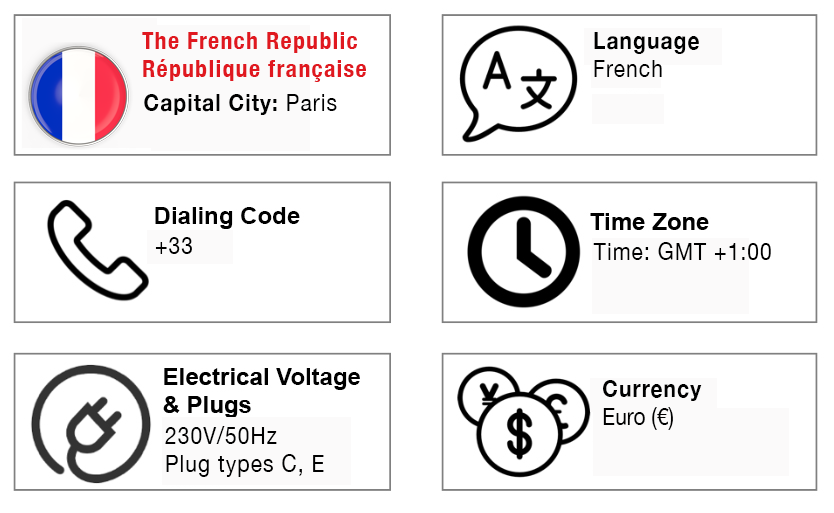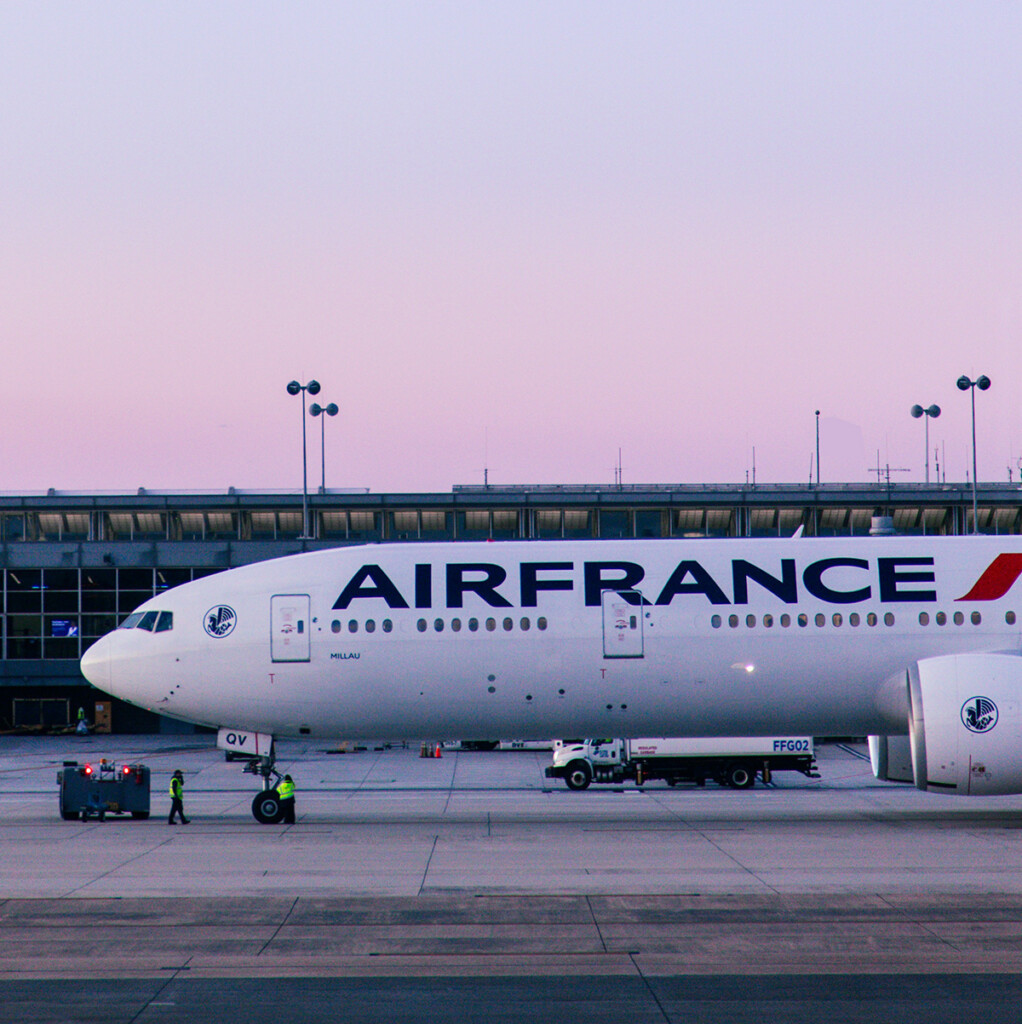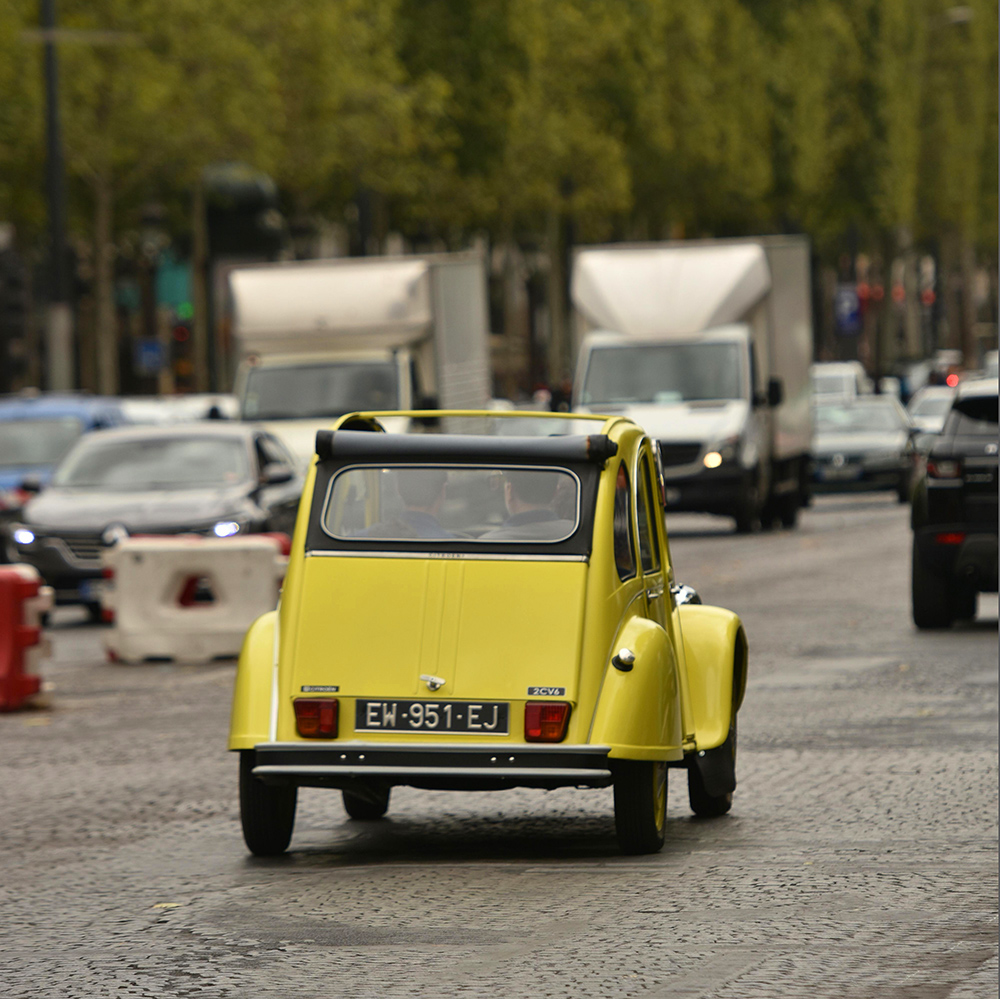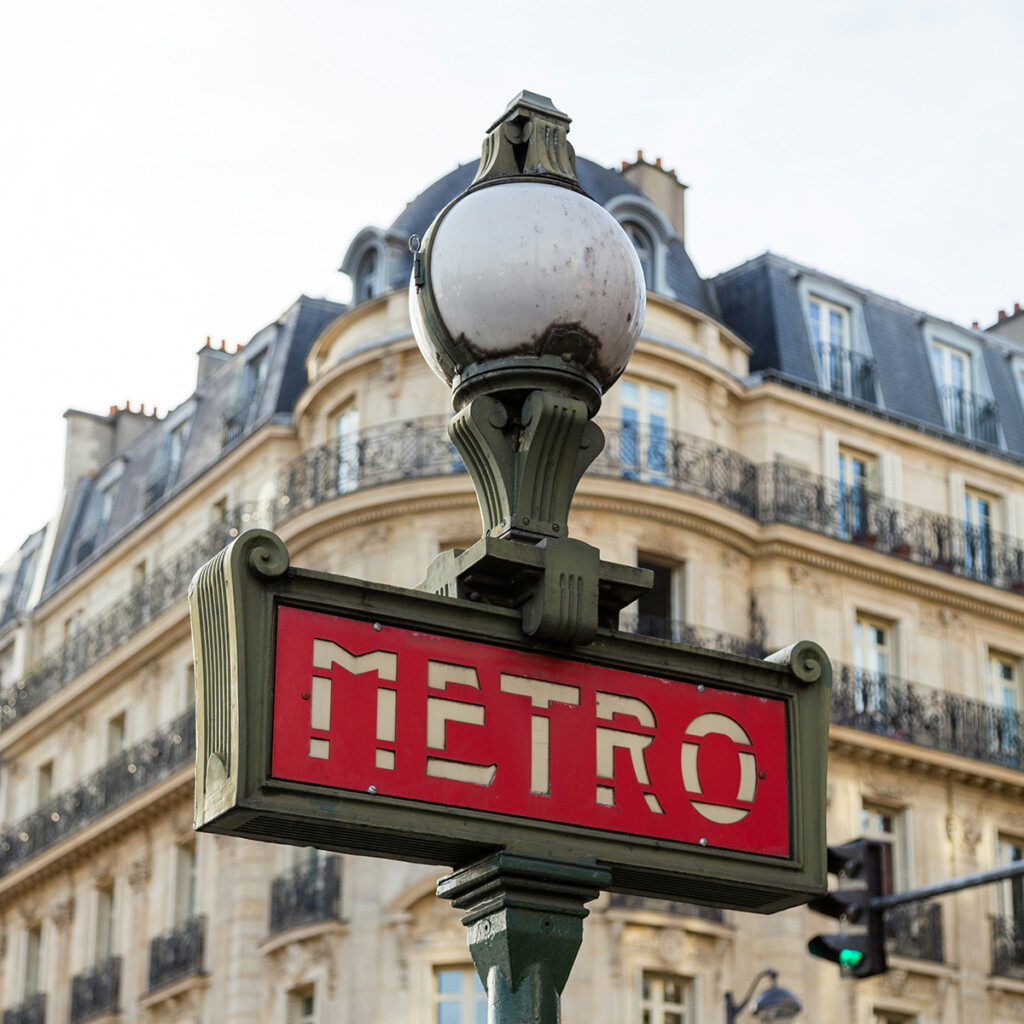Travel Information

GETTING TO AND FROM PARIS
BY AIR
Getting to Paris by airplane is easy, thanks to its two major airports: Charles de Gaulle Airport (CDG) and Orly Airport (ORY).
CHARLES DE GAULLE AIRPORT (CDG)
Location: Approximately 25 kilometres northeast of Paris.
Terminals: It has three terminals (T1, T2, and T3) serving both international and domestic flights.
Transportation into the city:
- RER B Train: The fastest way to reach central Paris; it takes about 30-40 minutes.
- Roissybus: A comfortable bus service that connects CDG to Opéra, taking around 60 minutes.
- Taxi: Expect a fare of approximately €50-€60 to the city centre.

ORLY AIRPORT (ORY)
Location: About 13 kilometres south of Paris.
Terminals: Divided into two main terminals: Orly Sud (South) and Orly Ouest (West).
Transportation into the city:
- Orlyval + RER B: Take the Orlyval light rail to Antony station, then transfer to the RER B train for a total journey of about 30-40 minutes.
- Orlybus: This bus service connects the airport to Denfert-Rochereau in about 30 minutes.
- Taxi: Costs range from €30-€35 to the city centre
BY TRAIN
Traveling to Paris by train is a convenient option, especially for those coming from neighbouring countries. The city is served by several major train stations, with Gare du Nord and Gare de Lyon being the most prominent for international connections.
GARE DU NORD
Connections: This station is the gateway for travelers arriving from the UK via the Eurostar, as well as from Belgium and the Netherlands via Thalys.
GARE DE LYON
Connections: Primarily serves trains from Switzerland and Italy, including the TGV Lyria and other regional services. This station is also a hub for domestic travel within France.

ADDITIONAL STATIONS
- Gare Montparnasse: Connects to western France and Spain.
- Gare Saint-Lazare: Mainly serves routes to Normandy.
INTERNATIONAL TRAIN OPTIONS
- Eurostar: From London to Gare du Nord in about 2 hours and 15 minutes.
- Thalys: Connects Paris with Brussels, Amsterdam, and Cologne.
- TGV: High-speed trains link Paris with various regions in France and neighboring countries.
BY ROAD
Driving to Paris offers the freedom to explore beautiful landscapes along the way, making it an exciting option for travellers. Driving in Paris, though, can be an adventure. Be be mindful of traffic and local driving laws.
MAJOR ROUTES
From the North: If you’re coming from Calais, take the A1 highway, which is the most direct route to Paris. The drive takes about 2-3 hours.
From the South: Travellers from Lyon should take the A6, a scenic route that takes approximately 4-5 hours. This highway is known as the “Autoroute du Soleil” and features beautiful vineyards along the way.
From the East: Drivers from Strasbourg can take the A4, which leads directly into the Paris area in about 5 hours.

HIGHWAYS AND TOLLS
- Toll Roads (Autoroutes): Many highways in France are toll roads, and fees can vary significantly based on the distance travelled. Expect to pay around €20-€30 for longer routes.
- Payment Options: You can pay tolls in cash or by credit card. Consider using a toll tag (Télépéage) for seamless passage through toll booths.
PARKING IN PARIS
- Street Parking: Available but can be challenging to find. Pay attention to parking signs and metres.
- Parking Garages: Numerous garages are located throughout the city, though they can be pricey.
VISAS TO FRANCE (EUROPEAN UNION)
Citizens from certain countries do not require a visa for short stays in France (or the European Union), with a short stay usually considered being up to 90 days.
For citizens of countries not eligible for a visa-waiver, the Schengen Visa (Short-Stay Visa) is typically the right choice, if you’re visiting for less than 90 days. It allows you to attend conferences, business meetings and other professional gatherings.
The citizens of the following countries require a Schengen Visa: Algeria, Angola , Argentina, Armenia, Azerbaijan, Bangladesh, Belarus, Bolivia, Burkina Faso, Cameroon, China , Colombia , Congo Republic, Côte d’Ivoire, Democratic Republic of Congo, Egypt, Ghana, India, Indonesia, Iran, Iraq, Jordan, Kazakhstan, Kenya, Kuwait, Lebanon, Libya, Mali, Morocco, Nigeria, Oman, Pakistan, Qatar, Russia, Saudi Arabia, Senegal, South Africa, Sri Lanka, Syria, Tajikistan, Tunisia, Turkey, Ukraine, Uzbekistan, Venezuela, Vietnam and Yemen.
ACTIONABLE STEPS FOR VISA APPLICATION
- Determine Eligibility: Confirm if your nationality requires a Schengen visa.
- Prepare Documents: Include your passport, travel insurance, and invitation letter for the conference.
- Apply Early: Schedule an appointment at the nearest French consulate or visa application centre as processing can take time.
ACTIONABLE TIPS
- Check Your Passport Validity: Ensure your passport is valid for at least three months beyond your planned departure from France.
- Travel Insurance: While not mandatory, having travel insurance is highly recommended for peace of mind.
- Keep Documents Handy: Always have copies of your travel itinerary and accommodation details, as they might be requested by border control.
INVITATION LETTER FOR VISA
If you are informed that you require a letter of invitation from the congress organisers to apply for a visa, please contact us at: admin@cibjo.org.
For more information, visit the official French visa website at: https://france-visas.gouv.fr/en/
GETTING AROUND PARIS
Exploring Paris is an adventure best done on foot, but the public transportation sytsem is inexpensive and efficient, and taxis are always an option. Each of these options offers a unique way to experience the city.
WALKING
Wandering its streets is almost always the best ways to soak up the ambiance. Here are some tips :
- Plan your route: Use a map or app to navigate the charming neighborhoods, like Montmartre and Le Marais.
- Wear comfortable shoes: You’ll be doing a lot of walking, so make sure your footwear is up to the task!
- Take your time: Stop by cafés, boutiques, and parks to truly enjoy the local culture.

PUBLIC TRANSPORTATION
The Métro is efficient and affordable, making it easy to get around. Here’s how to navigate it:
- Buy a ticket: Purchase a single ticket or a Navigo pass for unlimited travel in a week.
- Know the lines: Familiarize yourself with the Métro lines and stops; the maps are usually available in English.
- Be mindful of rush hours: Try to travel outside peak times to avoid crowds. 🚆
TAXIS AND RIDE-SHARING
If you prefer convenience, taxis and ride-sharing apps like Uber are readily available. Here’s what to do:
- Hail a cab: Look for taxis with a lit sign; they can be flagged down on the street.
- Use apps: Download a ride-sharing app for ease of booking and payment.
- Know your destination: Have the address handy to avoid confusion.
WEATHER IN PARIS IN LATE OCTOBER
The autumn foliage adds to city’s charm, particularly in parks like Jardin des Tuileries or Parc des Buttes-Chaumont.
TEMPERATURES
Expect daily highs around 14-17°C (57-63°F) and cooler nights dropping to about 8-10°C (46-50°F).
RAINFALL
October can be quite rainy, with an average of 70mm of precipitation. Be prepared for occasional showers.
WHAT TO WEAR
- Layers: Given the temperature fluctuations, layering is key. A light sweater or long-sleeve shirt under a medium-weight jacket works well.
- Waterproof Gear: A waterproof jacket or an umbrella is advisable to stay dry during unexpected rain. 🌧️
- Comfortable Footwear: With cobblestone streets and the potential for wet conditions, opt for comfortable, waterproof shoes.

EMERGENCY NUMBERS
POLICE
17
FIRE DEPARTMENT
18
AMBULANCE
15


